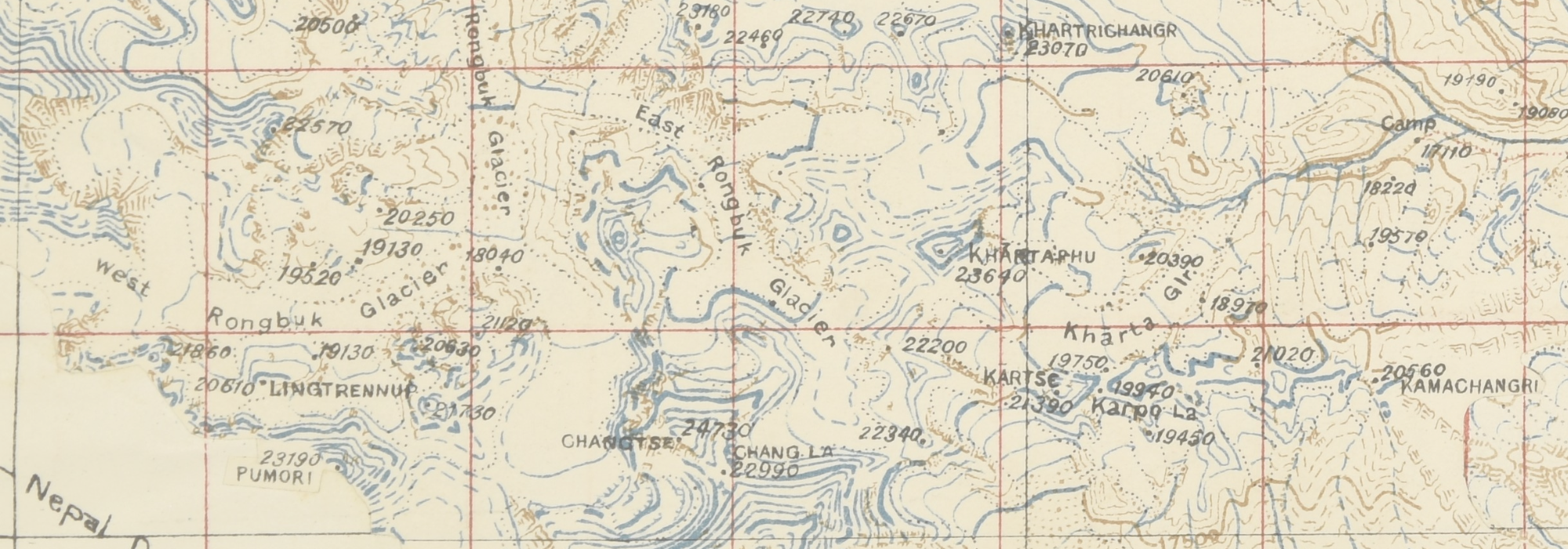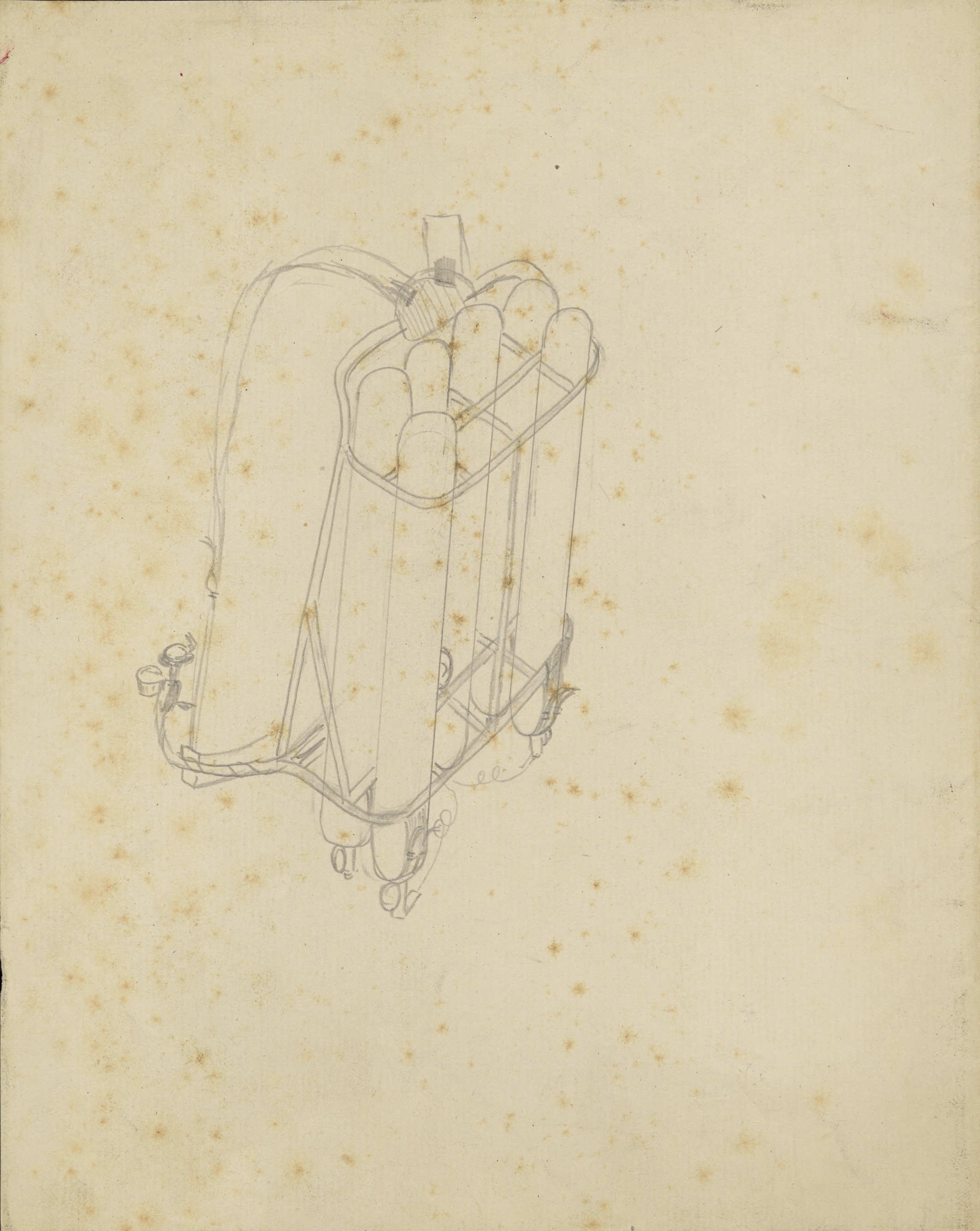
Testing the air
24th January 1924

Sandy's sketch from his plans for the 1923 oxygen apparatus.
Sandy was pragmatic, and his mentality becomes evident if we look at how he prepared for the Everest expedition. Once back from his skiing trip in Switzerland, he briefly stopped in Oxford: before leaving for Tibet, he wanted to test what it felt like to be (and breathe) at high altitudes. Conveniently, his sister Evelyn was member of the predecessor of the Flying Squadron. She was able to arrange a test flight for him: Sandy thus briefly experienced, for the first time, the thrill of altitude, as he was brought to 20.000 feet.
This test was particularly important if we consider that, at the time, not much was known on the reaction of the human body to high altitude, and on its chances of survival. The early Everest expeditions were fundamental for this. Previous experiments had been performed with balloons, at times with deadly consequences. While we now know that ascending Everest without the support of additional oxygen is possible, this was up for debate at the time, and so was the use and efficacy of oxygen sets. While there was a general understanding of the value of acclimitizing, the symptoms of altitude sickness were not known, nor was the importance of a correct hydration recognised. It would happen, during the expedition, that Sandy thought that some of the porters were being 'lazy', when, in fact, they were sick. During the expedition and trek, Hingston, the doctor, would test the members' physical abilities, observing any alterations in breathing, circulation, muscular power and mental activity, and Sandy always performed well.